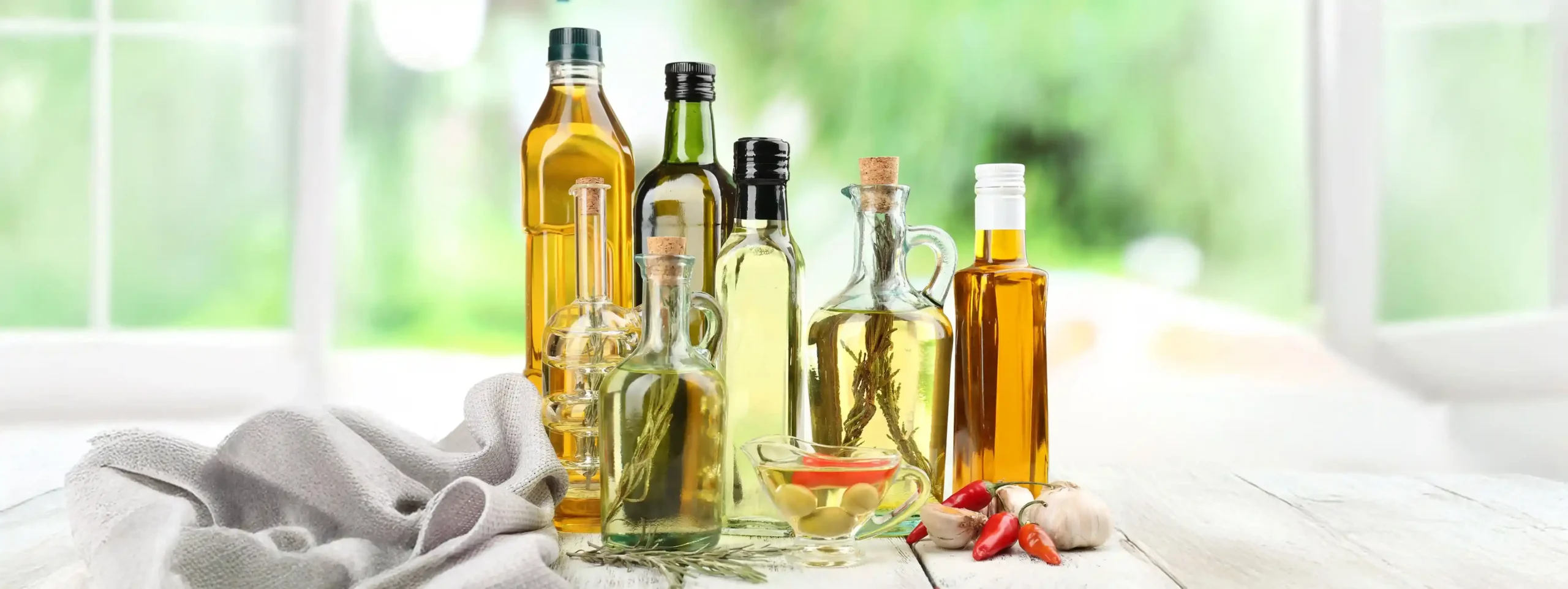Get Your Colour Story Right – With the Right Scale

Measurement Decisions
There are four key decisions that must be made prior to measuring colour in oil consistently:
1) The choice of colour scale to be used in communicating the colour data.
2) Visual versus automatic measurement.
3) The path length across which the colour will be measured.
4) Possible dilution of the sample
It sometimes happens that people find themselves trying to compare results that were not measured in the same colour space. Over the years, there have been several different methods derived from Lovibond® RYBN that give results in red and yellow units. If a specification does not clearly define which of these versions is being used, confusion may (and often does) arise. Different methods and scales will give different results.
Why Knowing the Right Scale Matters?
Choice of Scale
The purpose of colour scales is to replicate the range of colours unique to a particular application or sample. There are a number of scales which are used for measuring
edible oil colour. Your supplier or customer will be working to an existing scale, and it is important to try and maintain colour communication within a single scale
Comparing colour values across different measurement scales—such as Lovibond® RYBN (Visual vs. Automatic), AF960 RY, and AOCS-Tintometer®—without knowing the exact definition of red, yellow, blue, and neutral units in each scale is like comparing temperatures in Fahrenheit and Celsius without converting between them. The numbers may look similar, but they represent fundamentally different scales.
This lack of clarity can lead to:
- Quality control issues
- Miscommunication with suppliers or customers
- Incorrect batch rejections or release
Lovibond® RYBN Colour Scale
To ensure consistency, accuracy, and confidence in colour assessment, especially in applications like edible oil quality.
The Lovibond® RYBN scale is the most recommended and reliable standard. It offers a clearly defined, globally recognized method that aligns visual and automatic measurements, helping eliminate errors and ensuring precise colour communication across the supply chain.

Explore the Lovibond® RYBN Colour Scale!
Lovibond® RY
Uses only the Red and Yellow glass standards when comparing two samples (or sample with a standard). This will often lead to lower values in the reported match due to the brightness difference in visual measurement systems. A higher variation between users will be seen, as a more subjective decision on the match at different brightness levels is being made.
An RY result may be correct, but often a complete result requires Neutral values as well.
Lovibond® RY 10:1
In some sample oils, there is a useful relationship between Yellow and Red colour values (where Yellow is approximately ten times the Red value). The 10:1 ratio is often a useful point to start from when making a colour match, then improved to a more precise match using the full gamut of Red, Yellow, Blue and Neutral.
The RY 10:1 ratio is a step in the process of achieving a good RYBN match, but it is not a final result.
American Oil Chemists Society (AOCS) AOCS-Tintometer® Scale
Gardner Colour Scale
The Gardner scale is used to evaluate light to dark yellow oils, especially in industrial or specialty oils. It assigns a single number value from 1 (light) to 18 (dark).
Common applications include Castor oil, Linseed oil, etc.
The usage of the Gardner scale is less recommended as it is a linear scale, unlike the Lovibond® scale, which is logarithmic.
Learn more about the Lovibond® Logarithmic scale!
Curious about what affects the colour readings of your edible oil samples? Explore the key influencing factors!
Need help choosing the right scale or instruments for your edible oil testing?
 Service Request
Service Request  Sales Enquiry
Sales Enquiry  Customer Reviews
Customer Reviews